Protests in Kenya in 2024. The year 2024 has seen Kenya embroiled in a wave of protests driven by various socio-economic, political, and historical factors. This overview delves into the key reasons behind the unrest, the main actors involved, the government’s response, and the potential implications for the future of the country.
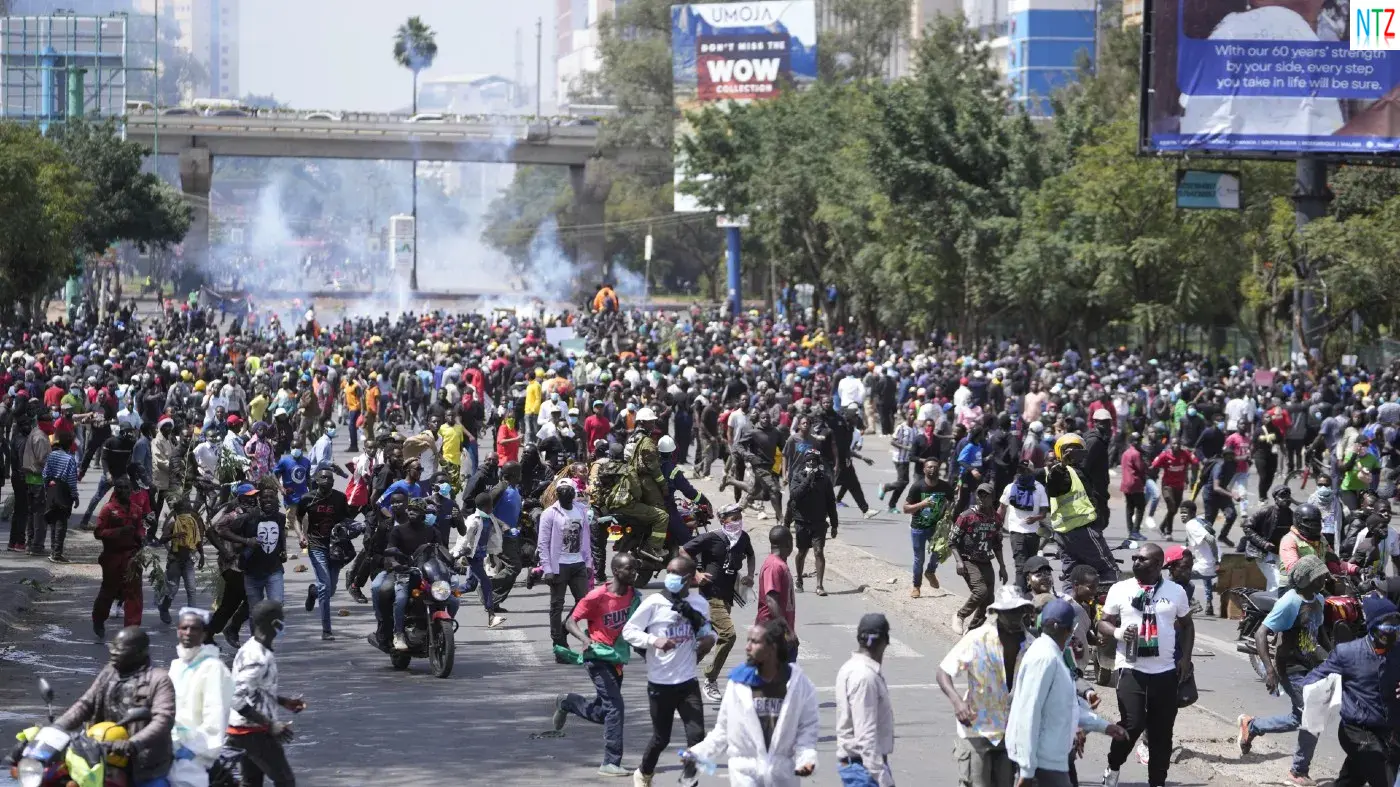
Overview of Protests in Kenya in 2024: Kwanini Maandamano?
1. Economic Hardships and Tax Increases
A primary catalyst for the 2024 protests in Kenya has been the country’s economic situation. The government, in an effort to address fiscal deficits and generate revenue, has introduced a series of tax hikes. These increases have had a direct impact on the cost of living, exacerbating the economic challenges faced by ordinary Kenyans.
Inflation and Cost of Living: The rise in taxes has contributed to inflation, making basic goods and services more expensive. The prices of food, fuel, and other essentials have surged, straining household budgets and leading to widespread economic hardship. Many Kenyans, particularly those in lower-income brackets, find it increasingly difficult to afford their daily needs.
Unemployment and Job Creation: High unemployment rates, especially among the youth, have compounded economic frustrations. Despite government promises to create jobs and stimulate economic growth, the reality for many Kenyans has been a lack of employment opportunities. This disillusionment with unfulfilled promises has driven many to the streets.
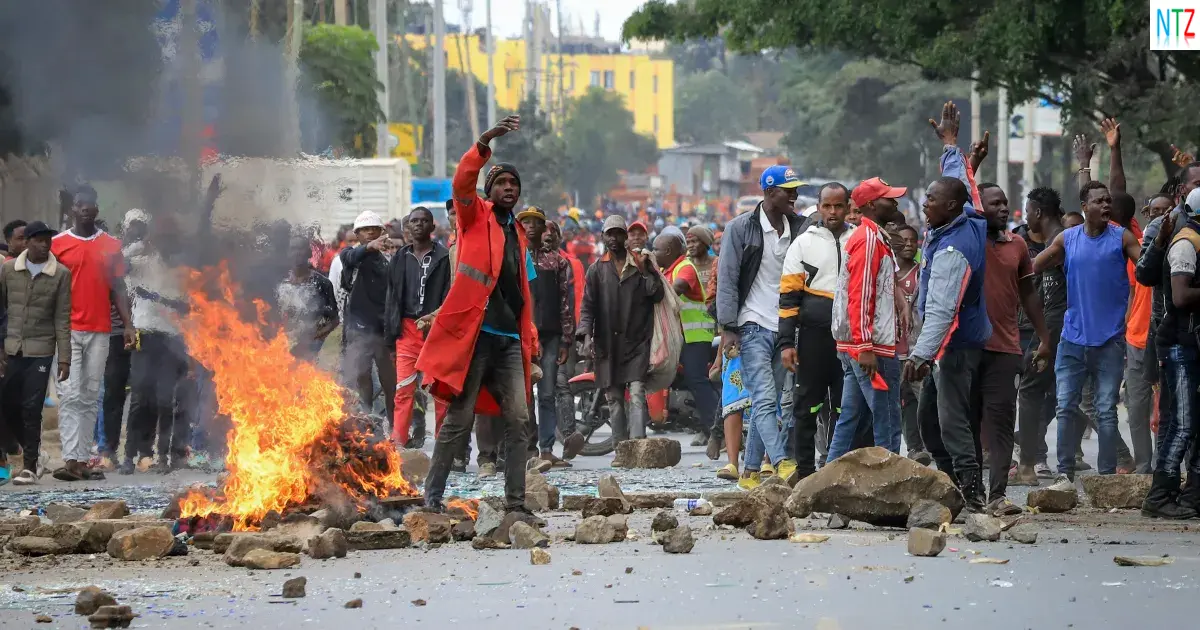
2. Political Discontent
Political dissatisfaction is another significant driver of the protests. President William Ruto’s administration faces criticism over allegations of corruption, mismanagement, and a perceived lack of transparency. These issues have eroded public trust and confidence in the government.
Allegations of Corruption: Reports of corruption within the government have been rampant, with accusations that public funds are being misappropriated and that there is a lack of accountability among officials. These allegations have sparked outrage and calls for greater transparency and reform.
Lack of Transparency and Accountability: Many Kenyans feel that the government is not transparent in its dealings and decisions. The perceived opacity in how public resources are managed and how decisions are made has led to a growing sense of disenfranchisement and anger among the populace.
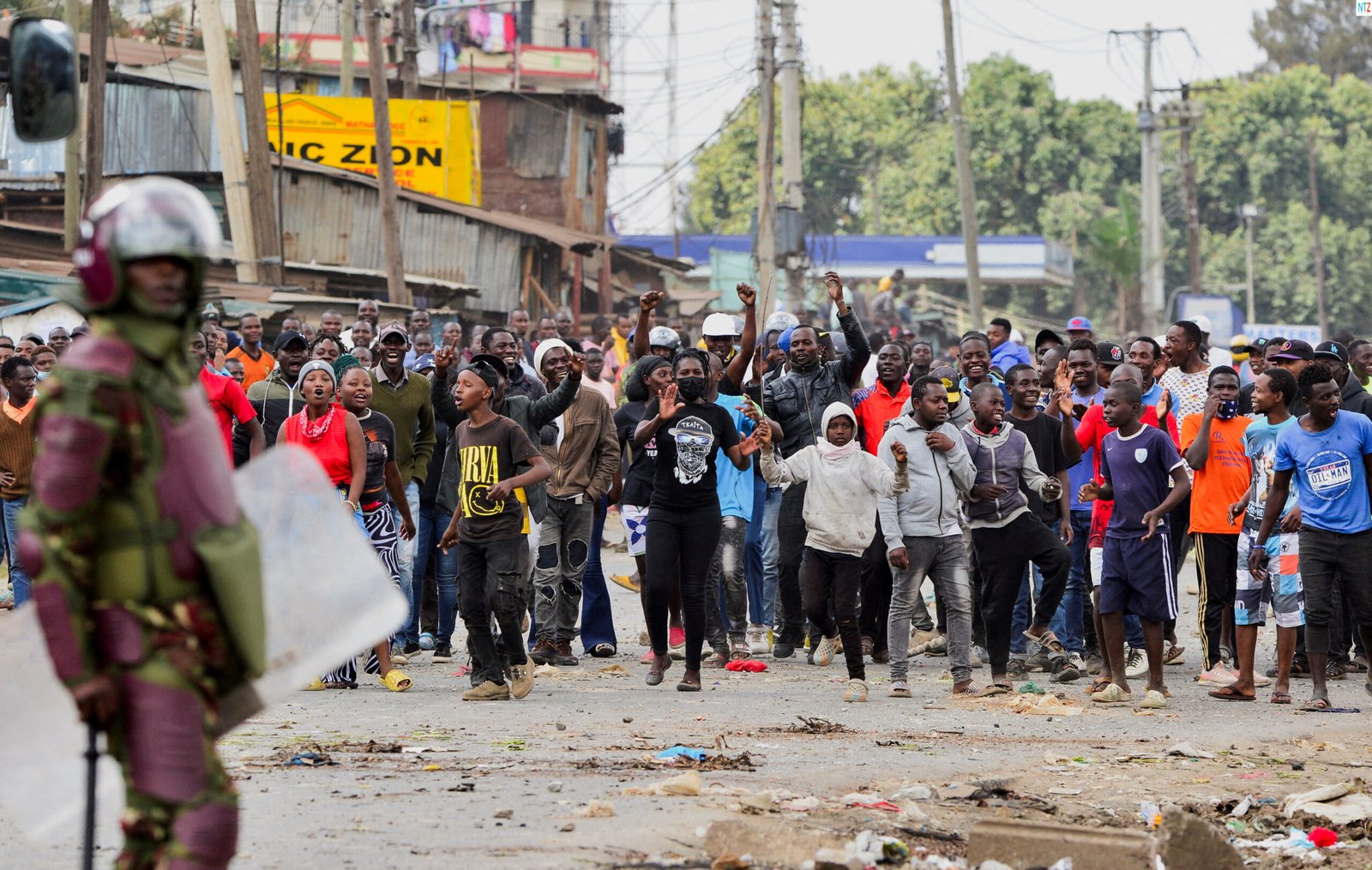
3. Unfulfilled Promises
A recurring theme among the protesters is the frustration over unfulfilled government promises. During election campaigns, the government made numerous pledges related to economic reforms, job creation, and improving public services. However, many Kenyans feel that these promises have not been realized.
Economic Reforms and Job Creation: Despite promises to revitalize the economy and create jobs, tangible improvements have been slow to materialize. The gap between the government’s rhetoric and the lived reality of many Kenyans has led to a sense of betrayal and disillusionment.
Improving Public Services: Promises to enhance public services such as healthcare, education, and infrastructure have also fallen short. The quality and accessibility of these services remain inadequate, contributing to public frustration and anger.
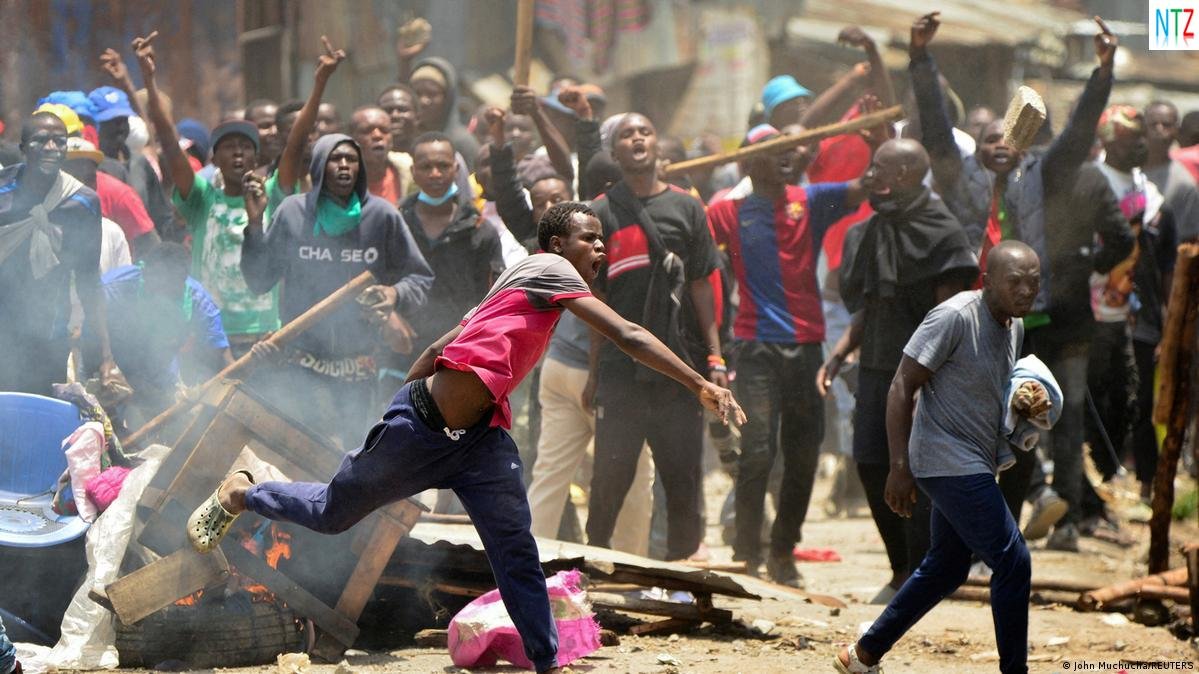
4. Opposition Mobilization
Political opposition groups have played a significant role in mobilizing the protests and expressing dissent against the government’s policies. Leaders from various opposition parties have capitalized on the public’s discontent to organize demonstrations and call for accountability and reform.
Opposition Leadership: Prominent opposition figures have been at the forefront of the protests, rallying support and galvanizing the public. These leaders have used the protests as a platform to voice their grievances and demand changes in government policies.
Campaigns and Rallies: Opposition parties have organized numerous rallies and campaigns to highlight the issues facing the country and to build momentum for their cause. These events have drawn large crowds, reflecting the widespread discontent and the desire for change.
5. Social Media and Youth Engagement
Social media has emerged as a powerful tool for organizing and spreading information about the protests. Young Kenyans, in particular, have used platforms like Twitter, Facebook, and WhatsApp to coordinate protests, share information, and express their grievances.
Role of Social Media: Social media has been instrumental in mobilizing the youth and coordinating protest activities. Hashtags, viral posts, and live streams have kept the public informed and engaged, amplifying the voices of protesters.
Youth Activism: The youth, especially those from Generation Z, have been at the forefront of the protests. Frustrated by limited economic opportunities and political representation, they have used social media to organize and advocate for their rights and demands.

Protests in Kenya in 2024
Government Response
The government’s response to the protests has been multifaceted, involving both repressive measures and attempts at dialogue.
Repressive Measures: The state’s reliance on heavy-handed tactics to suppress protests has drawn criticism from human rights organizations and the international community. The use of force, arbitrary arrests, and restrictions on freedoms have been condemned as violations of human rights.
Attempts at Dialogue: In some instances, the government has sought to engage with protest leaders and address some of the grievances. Efforts to initiate dialogue and find common ground have been made, though their effectiveness remains to be seen.
Potential Implications
The ongoing protests in Kenya have significant implications for the country’s future, both in the short term and the long term.
Political Stability: The unrest poses a challenge to political stability in Kenya. Continued protests and government repression could lead to further polarization and instability, affecting governance and the implementation of policies.
Economic Impact: The economic consequences of prolonged protests could be severe, impacting investment, tourism, and overall economic growth. The disruption caused by the unrest could further strain an already struggling economy.
Human Rights and Governance: The handling of the protests will likely impact Kenya’s human rights record and its international standing. The government’s response to the unrest will be scrutinized by the international community, with potential implications for foreign aid and diplomatic relations.
Public Trust and Engagement: The protests reflect a broader crisis of trust in the government. Rebuilding public trust and fostering meaningful engagement with citizens will be crucial for long-term stability and progress.
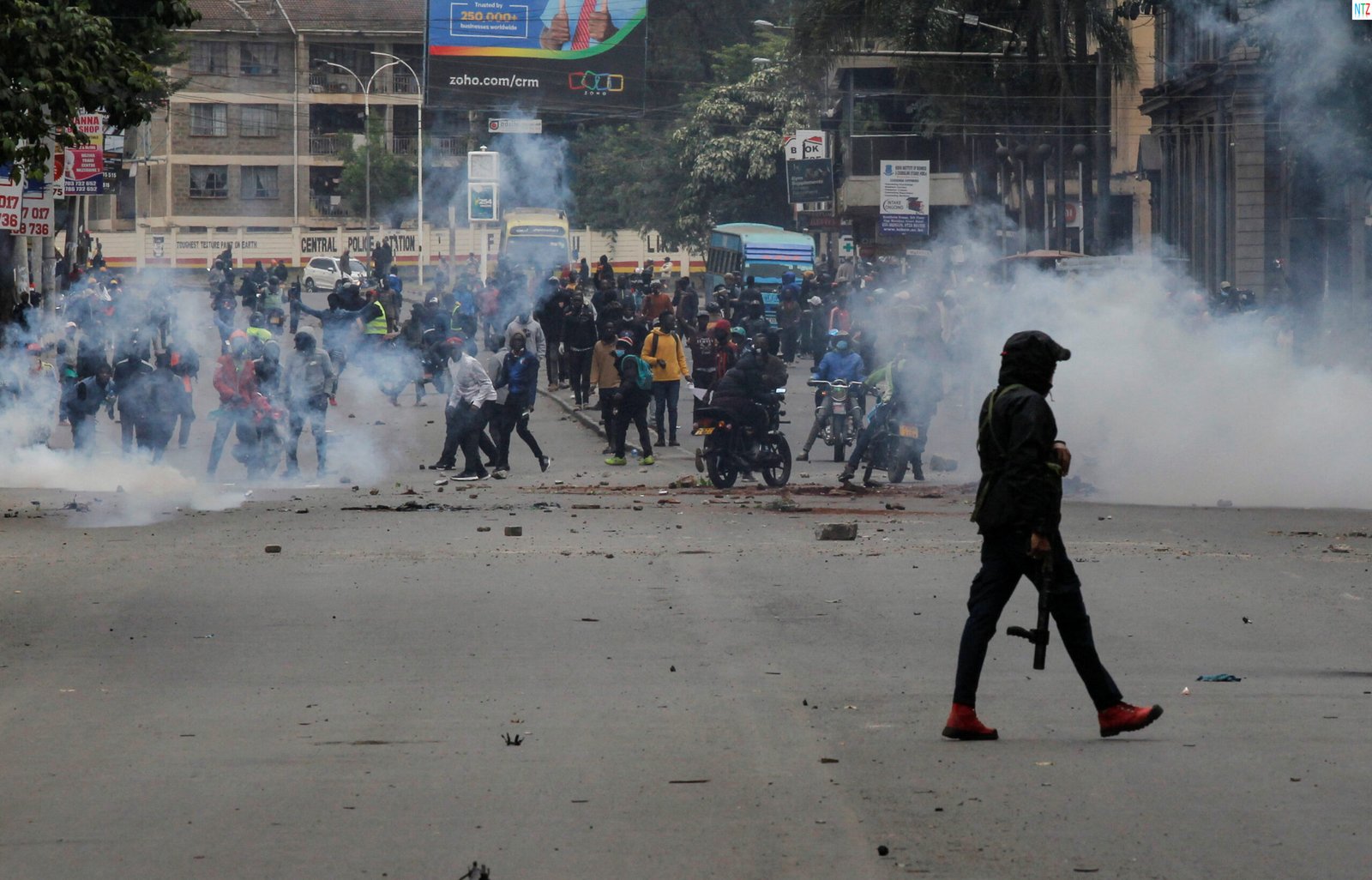





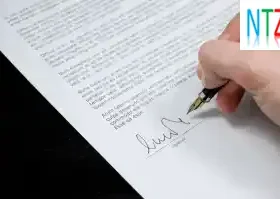

Leave a Reply